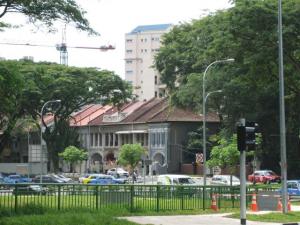I had to laugh at Eve’s link to the story of the weenie who was scared of knitting needles (while admitting I first saw the link at whump dot com from following XML 2005 Aggregator links). I have a better story than mere knitting needles or even needlework needles, since all of those have really blunt ends.
When the TSA directives first came out after September 11, banning knitting needles, I, along with a lot of other people, was struck by the arbitrariness of the bans. No knives, but forks were still allowed, and so were glasses made of glass. Personally I’d rather have someone come at me with a blunt knife that’s not capable of cutting anything than a broken glass. So I read the list of banned items and noticed that crochet hooks weren’t on the list. Given that in terms of crafts I bounce between knitting, needlework, crochet, and lots of others, I have a good supply of crochet hooks. I picked one out to take on my next set of flights. Not just any crochet hook though, one of my fine 1.25 mm crochet hooks that at the time I was using for filet crochet. So this is a hook, with what can only be described as a barb on one end, with a total diameter of 1.25 mm (I have smaller, but had two of the 1.25 mm hooks so could easily risk losing one).
The first security person checked the hook, looked worried, asked her supervisor, the supervisor said “crochet hooks are allowed”. And that was it. On board I went, with my filet crochet and my crochet hook. These days knitting needles are expressly allowed, as are crochet hooks (although the TSA calls them “crochet needles”) so I will still be able to carry around my filet crochet hooks and scare unsuspecting knitting needle phobics (yes, there is such a thing as a needle phobia; most people who suffer from it have phobias about vaccination and blood test-type needles, not knitting needles, although the phobia is apparently bad enough in some people to be set off by any needle-type object).
So if you see someone with what looks like a viciously thin, barbed object and thin yarn, just remember the TSA permits it. Mind you, reading that list does raise other questions, such as “if you can’t smoke on board, why do you need a cigar cutter?” and “why are toy transformer robots expressly permitted but not other toys?” but that’s just me being picky.

